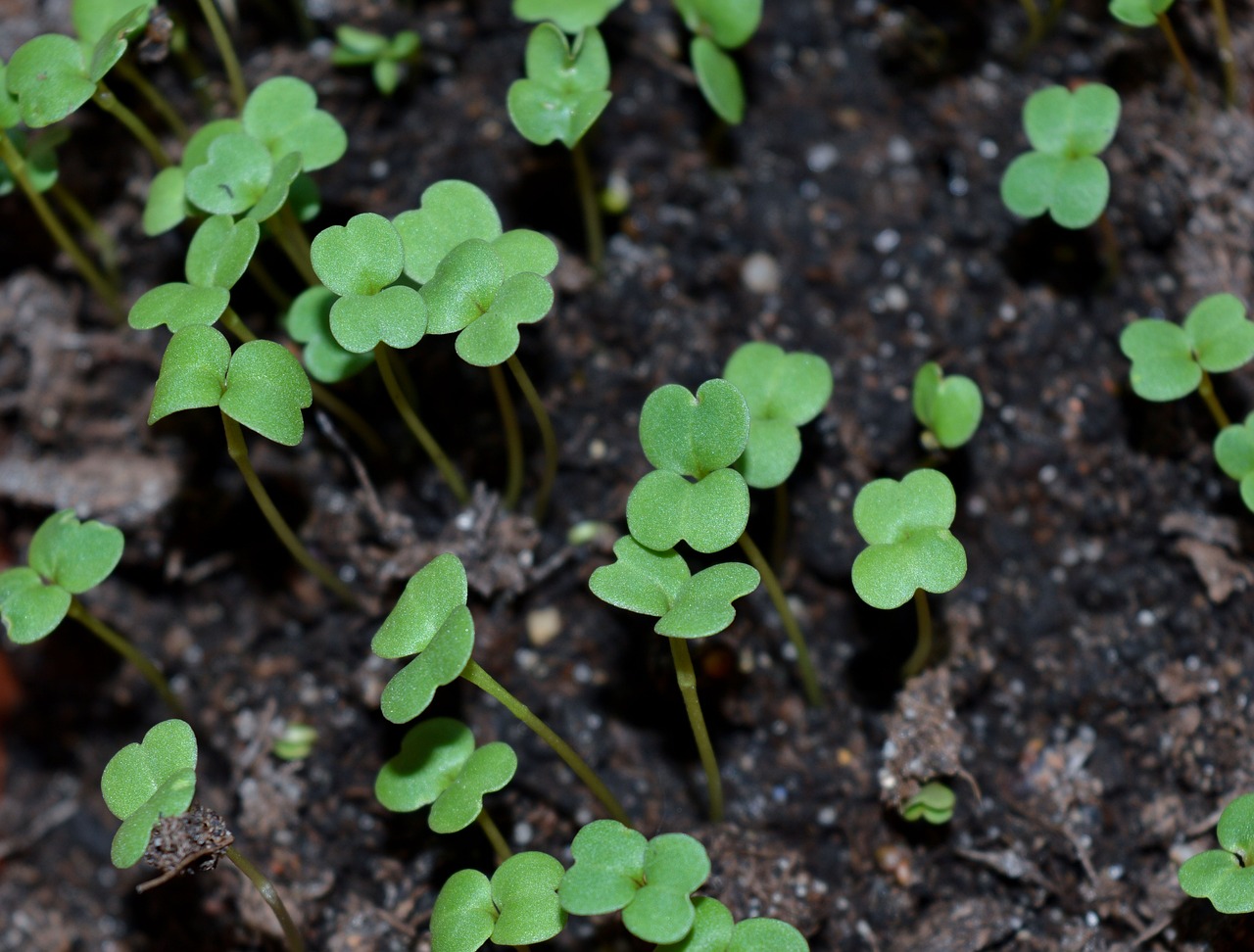
The perfect seed-starting soil recipe is essential for ensuring healthy and strong seedlings that will thrive once transplanted into larger pots or the garden. In this article, we’ll explore five pro tips to help you craft the perfect seed-starting soil recipe for bursting growth.
1. Choose the Right Soil Mix
Gone are the days of heavy, sluggish soil. Your seed starting soil recipe needs to be a light, airy orchestra, where each component plays its part in perfect harmony. Here’s the melody:
- Coconut coir: This fibrous husk is nature’s fluff, holding moisture without drowning your delicate seedlings. Think of it as the fluffy bedding for your tiny plant babies.
- Perlite: These volcanic rock gems add aeration and drainage, preventing waterlogging and root rot. Imagine them as miniature air bubbles, keeping the party in the soil light and breezy.
- Compost: The secret sauce! Compost adds vital nutrients and beneficial microbes, fueling your seedlings’ growth like a delicious, organic feast.
Mix these ingredients in a 2:1:1 ratio (coir:perlite: compost) for a soil symphony that sings to your sprouting seeds.
2. Feed the Fire, Not the Flames
Think of your seedlings as tiny dragons – they breathe fire, not fertilizer! Overfeeding can scorch their delicate roots, stunting their growth. So, how do you stoke their flames without turning them to ash?
- Start gentle: Dilute your chosen hydroponic fertilizer to half-strength for the first few weeks. Remember, slow and steady wins the sprout race.
- Frequency matters: Feed your seedlings more often with weaker solutions rather than drenching them with infrequent blasts of concentrated nutrients. Think of it as tiny, frequent snacks instead of a heavy, infrequent meal.
- Listen to the leaves: Wilting leaves might signal hunger, but crispy edges could scream of overfeeding. Pay attention to your seedlings’ nonverbal cues to adjust your feeding schedule.
3. Let There Be Light (But Not Too Much!)
Sunlight is the fuel that powers your seedling engines, but too much direct sun can turn them into sputtering jalopies. Find the sweet spot:
- Morning sun: Aim for a few hours of gentle morning sunlight to kickstart photosynthesis without scorching your seedlings.
- Filtered light: South-facing windows or sheer curtains can diffuse harsh midday sun, creating a dappled haven for your tiny sun worshippers.
- Grow lights: For indoor gardeners, invest in LED grow lights that mimic natural sunlight without the heat. Remember, consistency is key, so set a timer for 12-16 hours of daily illumination.
With the right light balance, your seedlings will stretch towards the sun, not retreat from its fiery wrath.
4. The pH Party: Keep it Neutral (No Drama!)
Think of pH as the soil’s mood ring. Too acidic or alkaline, and your seedlings throw a tantrum, refusing to grow. Aim for a neutral pH of 6.0-6.5 in your seed starting soil recipe. Here’s how to keep the party mellow:
- Test before you treasure: Invest in a pH meter to check your soil’s acidity level. It’s like reading your seedlings’ mood swings before they turn into full-blown meltdowns.
- Limelight, not limelight: If your soil is too acidic, a sprinkle of powdered limestone will gently nudge the pH towards neutrality. Think of it as adding a dash of lime to balance the soil’s flavor.
- Coffee, not chaos: A weak coffee solution can also raise the pH. It’s like a gentle caffeine shot for your soil, perking it up without sending it into overdrive.
5. Use a Seedling Heat Mat
A seedling heat mat can help maintain the optimal temperature for seed germination and early growth. Place your seed starting containers on the heat mat and set it to the recommended temperature for your specific seeds. This will help ensure consistent and rapid germination.
Crafting the perfect seed starting soil recipe is an essential step in ensuring healthy and strong seedlings. By following these five pro tips, you’ll be well on your way to creating a custom soil mix that will support your seeds’ growth from the very beginning. Remember to choose the right soil mix, consider the seed’s germination requirements, add fertilizers and amendments, use a seedling heat mat, and water consistently. With these tips in mind, you’ll be well-equipped to create a seed starting soil recipe that will foster bursting growth for your plants.
